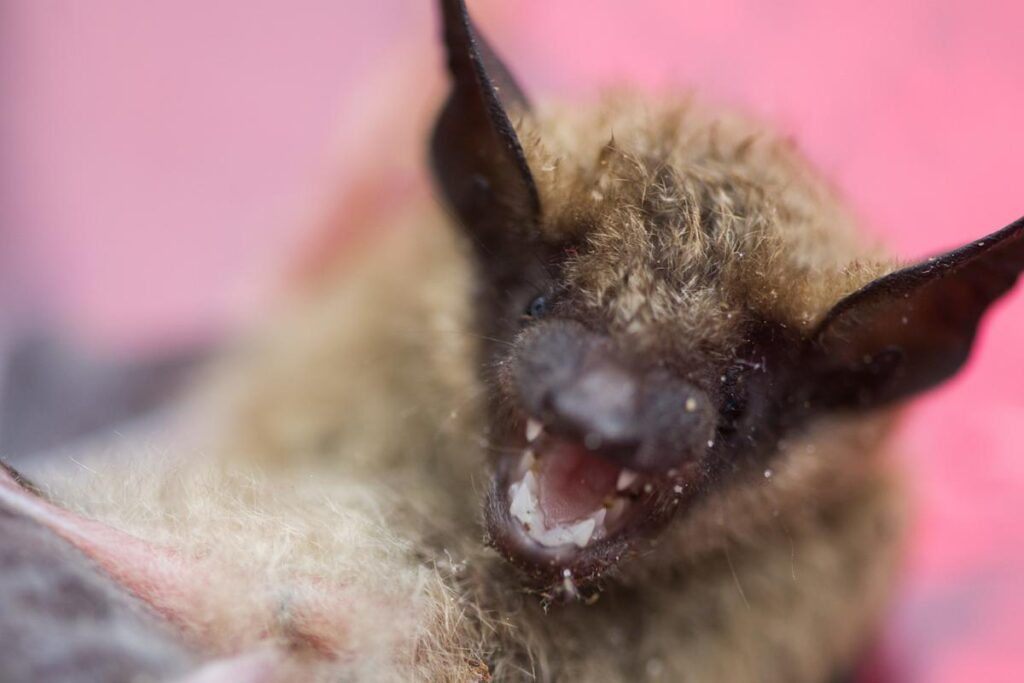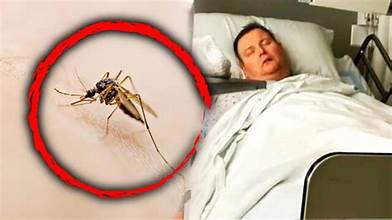
In a tragic and deeply concerning incident, an Australian man has died after contracting a rare and deadly virus from a bat bite. Health authorities confirmed that the man, whose identity has not been disclosed, succumbed to a disease caused by the Australian bat lyssavirus (ABLV), a virus similar to rabies. This marks one of the few recorded fatalities from the virus and has sparked widespread public awareness about the risks associated with handling wild animals, particularly bats.
What Is the Australian Bat Lyssavirus?
First identified in 1996, the Australian bat lyssavirus (ABLV) is a member of the same virus family as rabies. It is carried by flying foxes and insectivorous bats across Australia. While the virus is extremely rare in humans, it is almost always fatal once symptoms begin. According to the Australian Department of Health, there have only been a handful of confirmed human infections, all of which were fatal.
The virus can be transmitted through bites or scratches from infected bats, or when saliva from a bat gets into open wounds or mucous membranes. The symptoms mimic those of rabies, starting with fever, headache, and fatigue, and progressing rapidly to neurological signs like confusion, paralysis, and coma.
Details of the Incident

The deceased man, reported to be in his 60s, came into contact with a bat he was trying to help. It bit him during the encounter, and he reportedly did not seek immediate medical attention. Several weeks later, he began showing signs of severe illness and was hospitalized. Unfortunately, by the time he was diagnosed with ABLV, it was too late for effective treatment.
Queensland Health officials confirmed the diagnosis and emphasized that while ABLV is rare, the case serves as a serious reminder about the risks of handling bats and other wild animals without proper protection or training.
Health Experts Urge Caution
In the wake of the tragedy, Australian health authorities have reiterated warnings to the public: do not touch or attempt to rescue injured or sick bats. Instead, people are urged to contact trained wildlife professionals who have been vaccinated and are equipped to handle such animals safely.
Dr. Jeannette Young, Queensland’s Chief Health Officer, expressed condolences to the victim’s family and stressed the importance of prompt medical intervention in such cases. “If anyone is bitten or scratched by a bat, they must seek urgent medical advice—even if the wound seems minor,” she said.
Preventative treatment, including post-exposure prophylaxis (PEP), is highly effective if administered before symptoms appear, but once the virus takes hold, there is currently no cure.
Wildlife Rescuers Also at Risk

This case has also brought renewed focus on the safety of wildlife rescuers, volunteers, and veterinarians who work with bats and other potentially infectious animals. While many are vaccinated against ABLV and take precautions, occasional lapses in safety protocols or unreported injuries can have devastating outcomes.
Wildlife rescue organizations across Australia are now reviewing their safety procedures and urging all volunteers to ensure they are vaccinated and receive booster shots when necessary.
A Rare but Real Threat
Although this incident is rare, it is not isolated. It highlights a broader concern about zoonotic diseases—illnesses that jump from animals to humans. With increasing urbanization and more frequent human-wildlife interactions, such cases may become more common unless strict public health guidelines are followed.
Australia is home to several species of bats, and while most are harmless and play a crucial role in the ecosystem, a small percentage can carry serious viruses. The tragedy serves as a reminder that even well-intentioned actions, like trying to rescue an animal, can have life-threatening consequences if done improperly.
Lessons Learned and Moving Forward
This unfortunate death underscores the need for:
- Public education about the dangers of interacting with wildlife.
- Access to prompt medical care and post-exposure treatment.
- Proper training and protective gear for those working with animals.
- Strengthening wildlife handling regulations and response protocols.
Health departments across the country are now working to spread awareness and prevent future incidents. Flyers, community outreach programs, and school campaigns are being planned to inform the public about ABLV and other zoonotic diseases.
Conclusion
The death of this Australian man from an extremely rare bat bite virus is both heartbreaking and alarming. While such cases are uncommon, they serve as critical reminders of the importance of respecting wildlife boundaries and following safety guidelines. In moments of compassion or curiosity, it’s vital to remember that nature, while beautiful, can sometimes be dangerous.
This incident also reinforces the essential role of professional wildlife carers and the need for community cooperation in ensuring human and animal safety. If you encounter an injured or sick bat, admire it from a distance—and always call in the experts.



